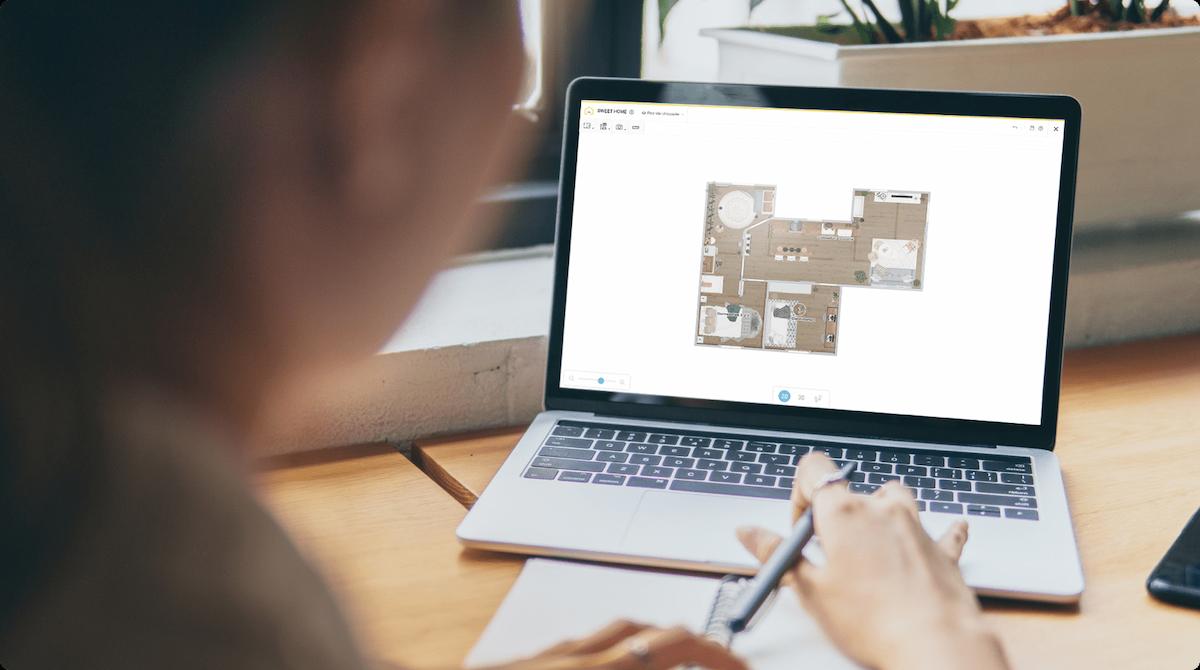Supervisory Level
Advanced Diploma in Interior Design (AD ID)
Program curated as per RICS pathways and competencies guidelines

This course places a strong emphasis on equipping students with a comprehensive set of skills and knowledge necessary to excel in the field of interior design and construction. Students are immersed in the creative process, learning to craft mood boards, 3D renders, drawings/layouts, and design concepts that effectively communicate their vision for interior spaces. Alongside these creative endeavors, students also develop practical skills in project management, including project planning, cost estimation, and resource utilization. They learn to navigate the complexities of overseeing on-site activities, ensuring that design plans are executed with precision and efficiency.
Key Areas
Focuses on Developing mood boards, 3D renders, miniatures, drawings/ layouts,Develop design concepts and plans,,Supervision and monitoring of on-site work, Project planning and estimation, Material conservation and resources optimization,Sensitivity towards all genders and people with disability,Material and finishes selection,Drawing and specifications approval,Health, safety, and hygiene protocols while designing.
Programme Opportunities
The interior design industry is poised for significant growth in the coming years, driven by several key factors and emerging trends. One of the primary drivers of growth is the increasing emphasis on personalized and experiential spaces, fueled by changing consumer preferences and lifestyle shifts. As people spend more time at home and seek environments that cater to their unique needs and tastes, there is growing demand for interior design services that create bespoke and immersive experiences. Virtual reality (VR) and augmented reality (AR) technologies, for instance, enable designers to create immersive 3D experiences and showcase design concepts in a more interactive and engaging manner. This integration of technology not only enhances the design process but also expands the possibilities for creativity and innovation within the industry.
Course Information
Course Status Upcoming
Course Level Supervisory Level
Duration 6 Months
Qualification Diploma Civil with 3yrs/ITI with 6yrs of experience
Course Fee Rs.63,000
Faculty




Internship
Internships can be found in a range of environments, including interior design firms, architectural firms, home decor companies, and even in-house design departments of large corporations. Many internships offer hands-on experience with projects such as space planning, material selection, client consultations, and creating design presentations. Additionally, these opportunities often provide mentorship from experienced designers, allowing students to develop their professional network and gain insights into industry trends and practices. Internships also play a critical role in building a professional network. Trainees can connect with industry leaders, peers, and potential employers, which can lead to future job opportunities.Internships are a vital component of an interior design trainees education, providing practical experience, professional mentorship, and valuable industry connections that are essential for a successful career in interior design.







